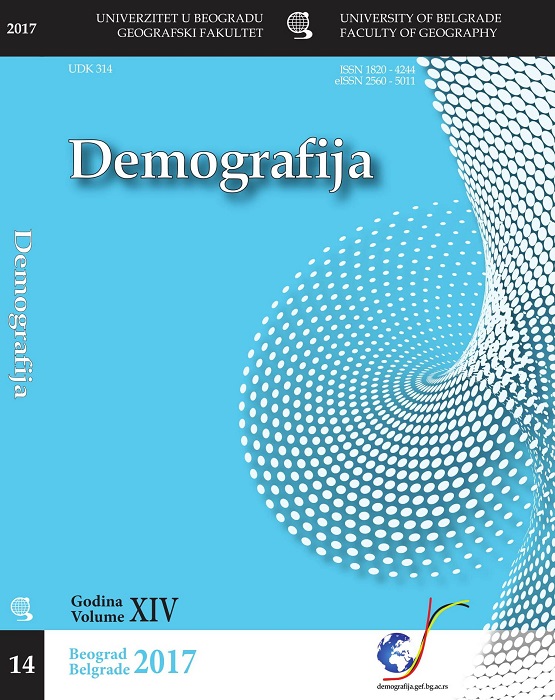The Geography of the Italian Refugee Reception and “Lampedusa of the North-East” Case Study
The Geography of the Italian Refugee Reception and “Lampedusa of the North-East” Case Study
Author(s): Giuseppe TerranovaSubject(s): Social Sciences, Geography, Regional studies, Human Geography, Regional Geography, Sociology, Demography and human biology, Migration Studies
Published by: Географски факултет, Универзитет у Београду
Keywords: forced migration;migration policies and asylum policies;social exclusion;refugee;territory;refugee camp;
Summary/Abstract: Perhaps the leaders of Europe, who have been trying for months to find a solution for the refugee crisis, should go to Trieste. The city has been called the ‘Lampedusa of the North-East’ and in the 1990s it welcomed hundreds of refugees from the former Yugoslavia. It therefore has experience of the ‘integrated reception model’, which is the exact opposite of the huge centres such as the one in Mineo (Sicily), unsurprisingly referred to as ‘warehouses’ by American experts, such as the director of the Migration Policy Institute in Washington, Demetrios Papademetriou. In contrast, the Trieste system relies on a network of accommodation in apartments and small structures. This is all down to the city administration that, in collaboration with local NGOs, has done a good job in interpreting and implementing the ‘spirit’ of the SPRAR (Protection System for Asylum Seekers and Refugees created by Italian Law 189/2002). This explains why today, according to the latest ICS-Caritas data, 70 per cent of reception places in Trieste are in private apartments or small structures. The main advantage of this is that is prevents the refugees from being seen as a perpetual emergency. Is this a role model for the rest of Europe? We’ll try answer to this question.
Journal: Demografija
- Issue Year: 2017
- Issue No: 14
- Page Range: 93-105
- Page Count: 13
- Language: English

